Universe Column for October 8th 2006
by David Alton
Barely a day passes without a new claim being made for the curative powers of stems cells derived from human embryos. The latest, which appears in a paper published by Dr. Robert Lanza of the University of Utah, claims that the most common blindness in old age might be reversed by their use.
More than 50 million people worldwide are believed to suffer from macular degeneration of the eye – which makes it the most common cause of blindness in people aged over 60. Tests in rats have apparently been encouraging.
What is disturbing about these “miracle cure” newspaper reports is that that they rarely, if ever, raise concerns about the ethics involved; the alternatives available; or the way in which demands for public funding of the research programmes feeds off the desperate hopes of people facing debilitating illness.
The first thing which needs to be said is that all of us want to see cures for degenerative diseases.
Where good science and good ethics march hand in had there is no dispute between us.
But even if it could be proven that embryonic stem cells – cells taken from a blastocyst, a several-days-old human embryo – could remedy every known ailment, the argument hinges on the lethal nature of the technique. The human embryo is plundered and then trashed. With equal certainty, a life that has undoubtedly begun is just as certainly ended. Our law is quite explicit in permitting the human embryo to be created and to be cloned and is quite explicit in making it illegal for the human embryo to live beyond 14 days. British law says it must then be done-away with. What we have made illegal is not the creation and manipulation of human life but its continuation.
If, in the future, as some scientists now suggest, it might prove possible to harvest embryonic stem cells without destroying the human embryo, that of course would certainly remove the greatest obstacle to their use. But there are other concerns: not least the effects on women’s health.
The feminist group, Hands Off Our Ovaries, say that in the US there have been “25 deaths and over 6,000 complaints of medical complications attributed to Ovarian Hyper-Simulation Syndrome” and they have called on the American authorities to examine the possibility that ovarian cancer, infertility and subsequent birth defects may arise from the increased demands science is placing on women to provide human eggs.
That scientists are demanding and using women’s eggs in significant numbers is illustrated by the 2,221 female egg cells used by South Korea’s Dr.Woo-Suk Hwang during his now infamous fraudulent experiments. Are women’s eggs to become yet another tradable commodity enabling Dr.Hwang’s associates and successors to experiment as they will – with little or no regard for the safety and health implications?
But surely the biggest concern should be the inflated claims which are made for the use of human embryos.
It is implied that any of us who have voted against their use are somehow in favour of Alzheimer’s disease, juvenile diabetes, macular degeneration, Parkinson’s and the rest.
Dr. Ian Wilmut, – who cloned Dolly the sheep – though hopeful about the use of embryonic stem cells in the case of macular eye degeneration (because, tellingly, they are not rejected as aggressively in the eye as much as they are elsewhere in the body) says that “several of the conditions that are mentioned as candidates for cell therapy are autoimmune diseases ”(such as juvenile diabetes) and they are “expected to induce…rejection.”
Professor Lord (Robert) Winston goes further, now believing that “I am not entirely convinced that embryonic stem cells will, in my lifetime, and possibly anyone’s lifetime for that matter, be holding quite the promise that we hope they will.”
Meanwhile, as many of us have argued from Day One of this debate, there is another show in town.
When adult stem cells are used, rejection is impossible – since the cells come from our own bodies. The issue was always whether they had sufficient pluripotency (the ability to develop in to any kind of cell – one of the strongest attributes of cells from human embryos). But surely we should be free to ask, of what use is a cell, however dazzlingly pluripotent, if it is rejected by a patient’s body?
Contrast this cul-de-sac with the application of adult stem cells.
For instance, some new treatments for juvenile diabetes, using islet cells from the child’s own pancreas, have been used successfully in treatments. On the web site www.stemcellresearch.org/facts they list 70 diseases and conditions which have been successfully treated with adult stem cells. Name me a single disease or medical condition which has thus far been treated in any human being using stem cells from human embryos. According to the US government web site www.clinicaltrials.gov there have been almost 1200 human trials with adult stem cells but none with cells from human embryos.
Throughout this last decade our Government has poured money and heaped honours on the bio-tec industry. With huge financial killings to be made we have been led by the nose into a wasteland of scientific vanity and conceit. How much better it would have been if our political masters had poured the same resources into the development of adult stem cells. Meanwhile, as in the case of the technicians in the South Korean laboratories, science is degraded to the level of quackery and fairy tales.
Worse still, people who already have quite enough suffering to bear have been shamelessly exploited and manipulated; their hopes cynically raised and then dashed.
The dangers of embryo experimentation

For 18 years David Alton was a Member of the House of Commons and today he is an Independent Crossbench Life Peer in the UK House of Lords.
Social Media
Site Search
Recent Posts
£1 Trillion – Raised In Parliament Today. The Cost of Reparations In Ukraine and Bringing To Justice Those Responsible.
https://youtu.be/xlEfrgwELvc Alongside the...
Stop Perpetrators Getting Away With Genocide – Public Letter sent to the UK Prime Minister and Foreign Secretary on the Genocide Determination Bill 2023-24. The letter was published this morning, 17 April 2024, 06:00 am UK time.
Stop Perpetrators Getting Away With Genocide -...
